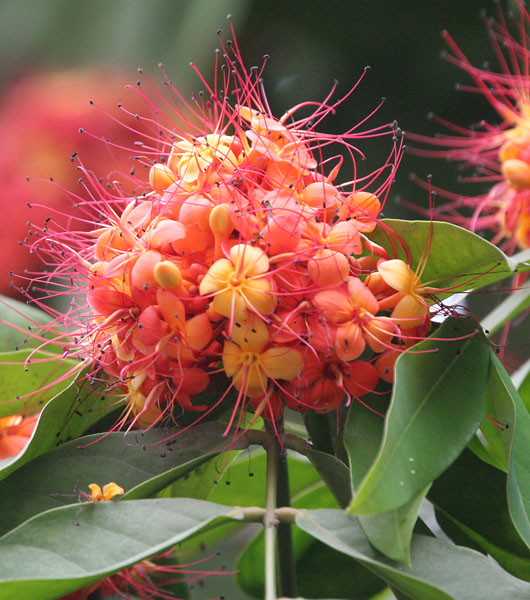Economic Importance of Phoenix spp.

Botanical name:
- P. dactylifera Linn.
- P. sylvestris Roxb.
Family: Arecaceae
Origin:
- P. dactylifera – India
- P.sylvestris – India
Description: It is a medium-sized tree. The leaves are pinnate, with spines on the petiole and about 150 leaflets; the leaflets are 30 cm long and 2 cm broad. The full span of the crown ranges from 6–10 m.
Economic Importance:
- P. dactylifera dates are rich in sugars and eaten fresh dried; also used in bakery and confectionery and made into jams and jellies and preserves. They are demulcent, expectorant, and laxative, also used in respiratory diseases and fever. Brandy of good quality is prepared from dates. Seeds (stones) when ground or softened by soaking in water are used for feeding goats, camels, and horses and have been successfully substituted as poultry feed. Sap is sweet and nutritive and laxative; used for preparation of jaggery and ugar. Leaves used for thatching and for making mats, fans, baskets, ropes etc. Petioles make light walking- sticks, also used for fishing floats; also yields a fibre which together with other suitable material is used for insulating boards. Fibre from green spathes used for ropes. Terminal leaf- bud consumed as a vegetable. Wood used for house construction, bridges, water conduits. Pruning of leaves used as manure. Tree yields a gum used in diarrhoea. Pollens exhibit gonadotropic activity in rats, an oestrogenic substance isolated from the fatty oil of dried pollen.
- P. sylvestris tree is trapped for its sap used for making jiggery and sugar sap, called “Nira” is a refreshing drink; after fermentation it forms toddy. Nira is a good source of vitamin B and also contains vitamin C. Palm gur is said to be more nutritious than cane gur. Fruits edible, considered restorative; maybe preserved as such or in the form of jams and jellies. Leaves used for thatching and for making mats, fans, baskets, bags, brooms, fishing-nets, etc.; also yields a soft fibre. Leaves lopped for fodder. Wood used for temporary construction, bridges and piers, and tent pegs. Trunks freed from pith used as water conduits. Roots used for toothache.


